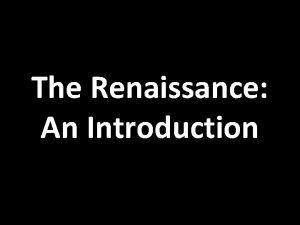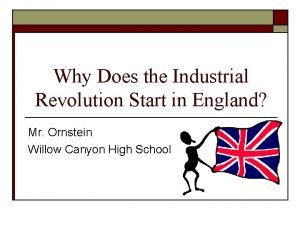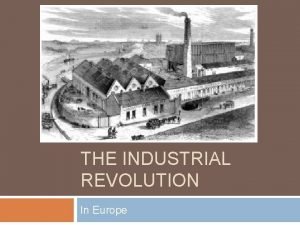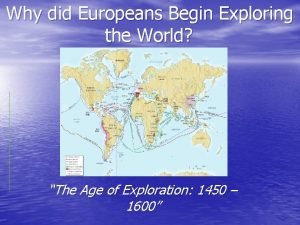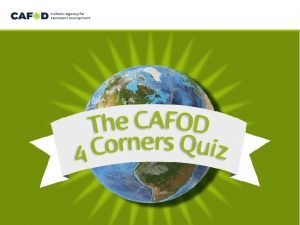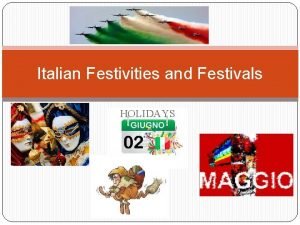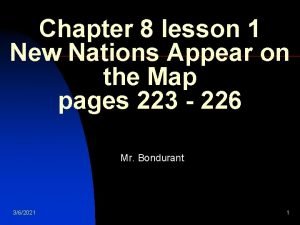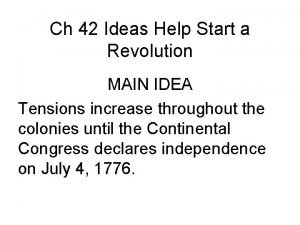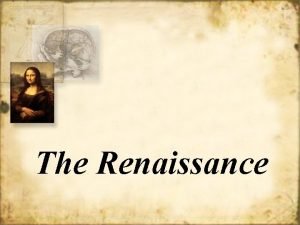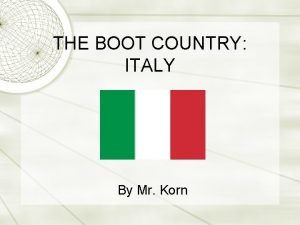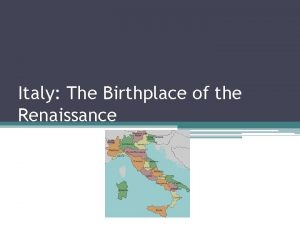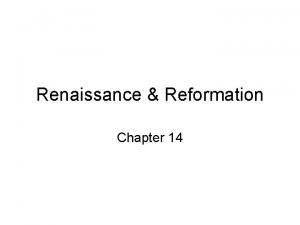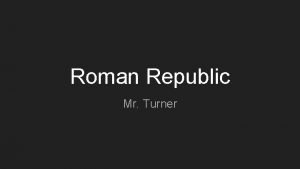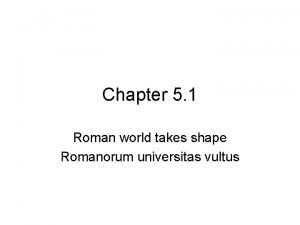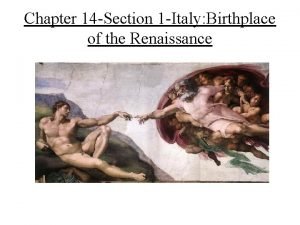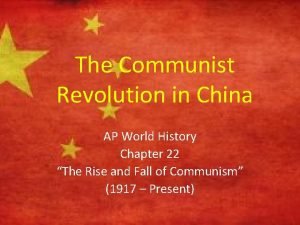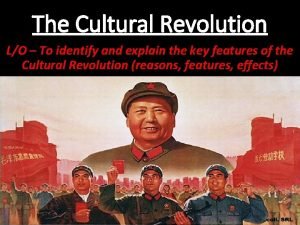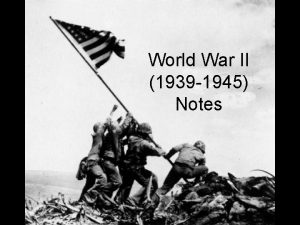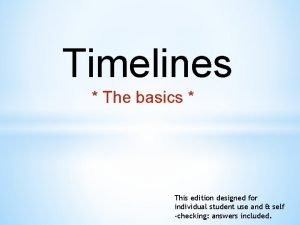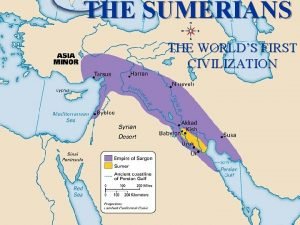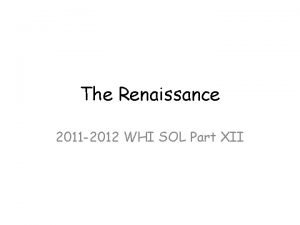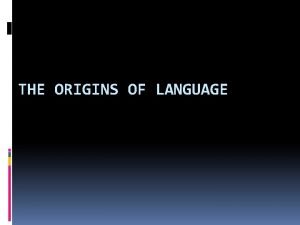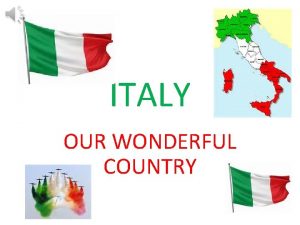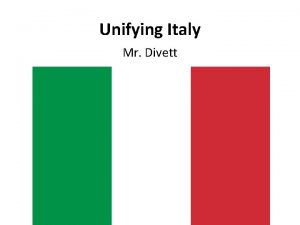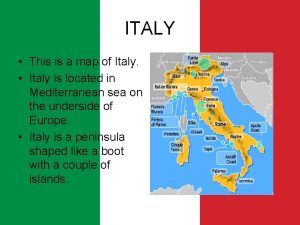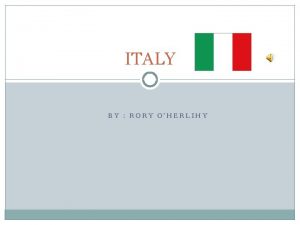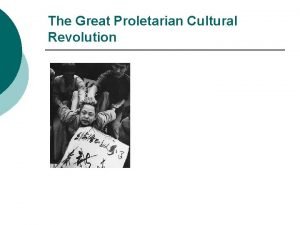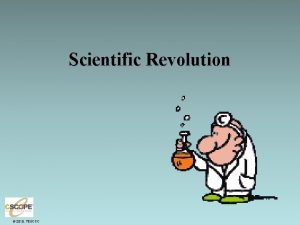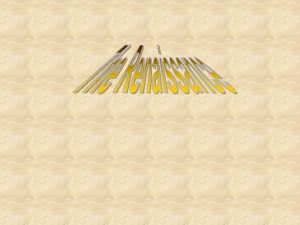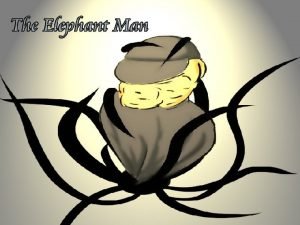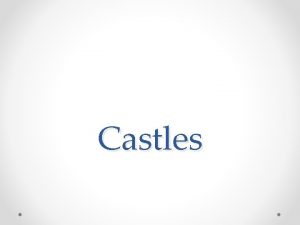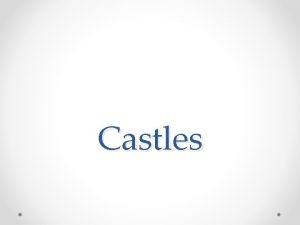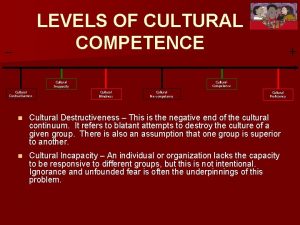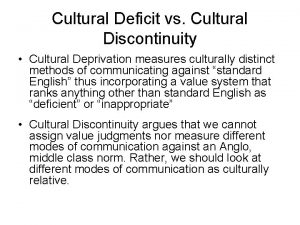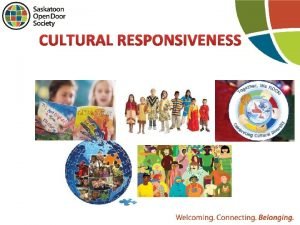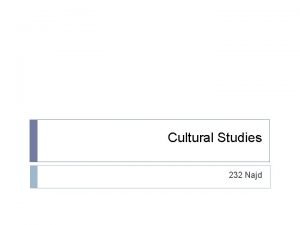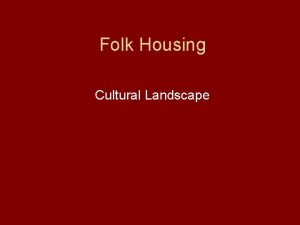Why did this cultural revolution start in Italy
































- Slides: 32

Why did this cultural revolution start in Italy?

Time Period Units Focuses on artistic time periods and covers all five strands of VPA in each period. / Visual Art, Dance, Music, Theater, and Architecture Heavily connected to historical events, technology and cultural characteristics Test will generally be given after each time period unit, i. e. , Renaissance, Baroque, Neoclassical. Generally every 2 -3 weeks. Make sure you have a 3 ring binder every class, you will be getting handouts like crazy! Label this tab “Renaissance”

Page 20 Renaissance Review – what do you know already? 1) 2) 3) 4) 5) 6) an 7) 8) Where did the Renaissance start? What does the term “Renaissance” mean? Why was da Vinci a Renaissance man? The Divine Comedy was written by whom? What was Michelangelo’s main medium? Who supported the idea that girls should gain education? Name one Shakespeare play. Name one great Renaissance thinker. http: //www. youtube. com/watch? v=0 CRX_mqpzd. U

Opener: Renaissance http: //www. youtube. com/watch? v=0 CRX_mqpzd. U

What is the Renaissance? Around 1350 in Italy (1400 -1600 Historically) Renewed artistic and historic interest in the past. Why and How? / Black Death (Plague) reduced the population in Europe from 85 to 60 million. / Europe benefited from a warm climate that enabled a larger supply of crops. ¡ ¡ A larger supply of crops allowed Italy’s economy to grow (surplus) elite class of society increased Development of a Middle Class Allowed people to become more educated/scholars/historians



Who are Humanists? Studied how to lead a proper life according to the ancient Greeks and Romans through their literature The Italian scholars emphasized the study ofseveral subjects : grammar, rhetoric, history, and poetry, while using classical texts. These subjects are called the humanities and the individuals who study these subjects are called humanists. What do humanists believe? / Studying the classical texts led Humanists to believe that it was important to learn howthings worked, to emphasize education, led a meaningful life, and to financially support the arts. Humanists celebrate both life and the afterlife.


New Techniques A. Fresco / Painting done on fresh, wet plaster with water based paints B. Perspective / Organization of outdoor space and light through geometry – 3 D C. Human anatomy and movement / Realism of humans D. Sculpture / Donatello- Greek and Roman influence E. Architecture / Brunelleschi- focused on human needs not divine

Art and Patronage Italians were willing to spend a lot of money on art. / Art communicated social, political, and spiritual values. / Italian banking & international trade interests had the money. Public art in Florence was organized and supported by guilds. The consumption of art was used asa form of competition for social & political status! Patronage was a display of wealth = public art! Yes, it educated the masses but it also displayed who had money! Donated by…….

Masters of High Renaissance Donatello / Reinvented the free-standing nude in classical style Leonardo da Vinci / Masters realistic painting, dissected human bodies, goal to create idealized forms that capture the perfection of nature Michelangelo / Accomplished painter, sculptor, architect Raphael / Admired for Madonnas and frescoes in Vatican palace

Masters of the Italian Renaissance?

Characteristics Carousel Objective: Page 20 in your notebook / To learn about the SIX characteristics of Renaissance Art Directions: / In pairs, you will be assigned a. COLORED poster / You will have 5 minutes to get the required information from each poster to complete your learning guide. / You must DRAW ON YOUR LEARNING GUIDE in order to receive credit Time Allowed: 30 minutes


1. Realism & Expression i) Realism: showing scenes as they actually appear ii) Expression is different depending on the individual and the scene The emotions showed matched the subject or story told iii) First nudes since classical times. iv) Expulsion from the Garden Masaccio 1427

Realism & Expression Voice of God expelling Adam and Eve from the Garden. Realism is shown through the detail in Adam and Eve’s Anatomy Look at the expressions of Adam and Eve as they get kicked out of the garden of Eden. Are they happy about it?

2. Perspective i) Perspective: a graphic system that creates the illusion of depth and volume on a twodimensional surface ii) Draw on your paper iii) First use of linear perspective (using lines to show distance and depth) iv) Painting information: The Trinity Masaccio 1427 What you are, I once was; what I am, you will become.

Perspective Where is the vanishing point? This painting shows Jesus, God, and the Holy Spirit. The Holy spirit is symbolized by the dove above Jesus’ head.

3. Classicism i) Classicism: Greek and Roman influence where perfect proportion is the ideal ii) Secularism - without religious influence Humanism -emphasizes reason, scientific inquiry, and human fulfillment in the natural world iii) Individualism free standing figures; S curve a curve shaped like an S that the side of the body makes v) The “Classical Pose” Medici “Venus” iv) Symmetry/Balance

Classicism S Curve was used to show a more natural human standing position. This image is classical because it shows an ideal nude. In other words, this is an image of a perfectly beautiful woman. Contrapposto is used to show a relaxed human standing position.

4. Emphasis on Individualism iv) Battista Sforza & Federico de Montefeltre: The Duke & Dutchess of Urbino i) Individualism: highlighting specific characteristics to Piero della Francesca, 1465 -1466. show one subject is unique from another ii) Circle your painting. iii)Revolutionary? i) Perspective ii) Realism/ Expression


Emphasis on Individualism What makes the Duke of Urbino not look like anyone else? What are his distinguishing facial features?

5. Geometrical Arrangement of Figures i) Geometric Arrangement: the arrangement of figures to form geometric shapes ii) Draw on your painting. iii) Revolutionary? Realism/ expression Classicism Perspective iv) The figure as architecture! v) The Dreyfus Madonna with the Pomegranate Leonardo da Vinci 1469

Geometrical Arrangement of Figures Why is the top of the triangle Mary and Jesus’ face? The most important point of a triangle is the top point; as a result, the top of the triangle forms Mary and Jesus’ face to draw the audience’s attention to their expression.

6. Light & Shadowing/Softening Edges chiaroscuro: the use of extreme contrast between light and dark to create a dramatic effect sfumato: The blurring or softening of sharp outlines by gradually blending one tone into another. Revolutionary? i) Realism, Expression, Individualism Leonardo da Vinci, Ginevra de' Benci, c. 1474/1478, oil on panel, National Gallery of Art, Ailsa Mellon Bruce Fund

6. Light & Shadowing/Softening Edges Sfumato The blurring or softening of sharp outlines by gradually blending one tone into another. Chiaroscuro the use of extreme contrast between light and dark to create a dramatic effect

Partner Work to Group Work On the next slide, we will discuss a painting from the Renaissance to assess your knowledge of Renaissance art techniques. Complete your learning guide by drawing the characteristics on your paper.

Whole Group Discussion: Six Characteristics of Renaissance Art Content Check

Botticelli's, Venus and Mars. Botticelli painted this in 1483, and the picture depicts Venus and Mars, God of War, lying facing each other in the sacred garden of the Goddess of Love surrounded by myrtle trees. The theme is that the power of love can overcome the physical strength of the warrior. The Goddess of Love stares at the sleeping figure of Mars, safe in the knowledge that her own sexual prowess has overcome his taste for war.

Exit Slip Put on your handwritten note sheet 1) List the five new techniques created during the Renaissance. 2) Why were patrons willing to spend a lot of money on art? 3) List the six characteristics of Renaissance art.
 What started the renaissance
What started the renaissance Why did the industrial revolution start in britain
Why did the industrial revolution start in britain When did the industrial revolution start
When did the industrial revolution start Economic causes of french revolution
Economic causes of french revolution Why why why why
Why why why why Why did europeans begin exploring
Why did europeans begin exploring Cafjod answers
Cafjod answers Why did the italian revolution of 1848 fail
Why did the italian revolution of 1848 fail Italian holidays and festivals
Italian holidays and festivals Forevers gotta start tonight
Forevers gotta start tonight Triage chart
Triage chart How did mazzini envision a unified italy
How did mazzini envision a unified italy Ideas help start a revolution
Ideas help start a revolution Da vinci code
Da vinci code Why is italy called the boot
Why is italy called the boot Which country was the birthplace of the renaissance
Which country was the birthplace of the renaissance Why was italy a favorable setting for the renaissance
Why was italy a favorable setting for the renaissance Why was italy easier to unify than greece
Why was italy easier to unify than greece The roman world takes shape
The roman world takes shape Why was italy the birthplace of the renaissance
Why was italy the birthplace of the renaissance Russian revolution vs french revolution
Russian revolution vs french revolution Definition of third agricultural revolution
Definition of third agricultural revolution Don't ask why why why
Don't ask why why why Chinese communist revolution ap world history
Chinese communist revolution ap world history Explain
Explain Cultural revolution
Cultural revolution Cultural revolution
Cultural revolution When did ww2 start
When did ww2 start How did the internet start
How did the internet start What year is bce
What year is bce Sumerian civilization
Sumerian civilization A person who supports artists especially financially
A person who supports artists especially financially Pooh pooh theory of language
Pooh pooh theory of language
